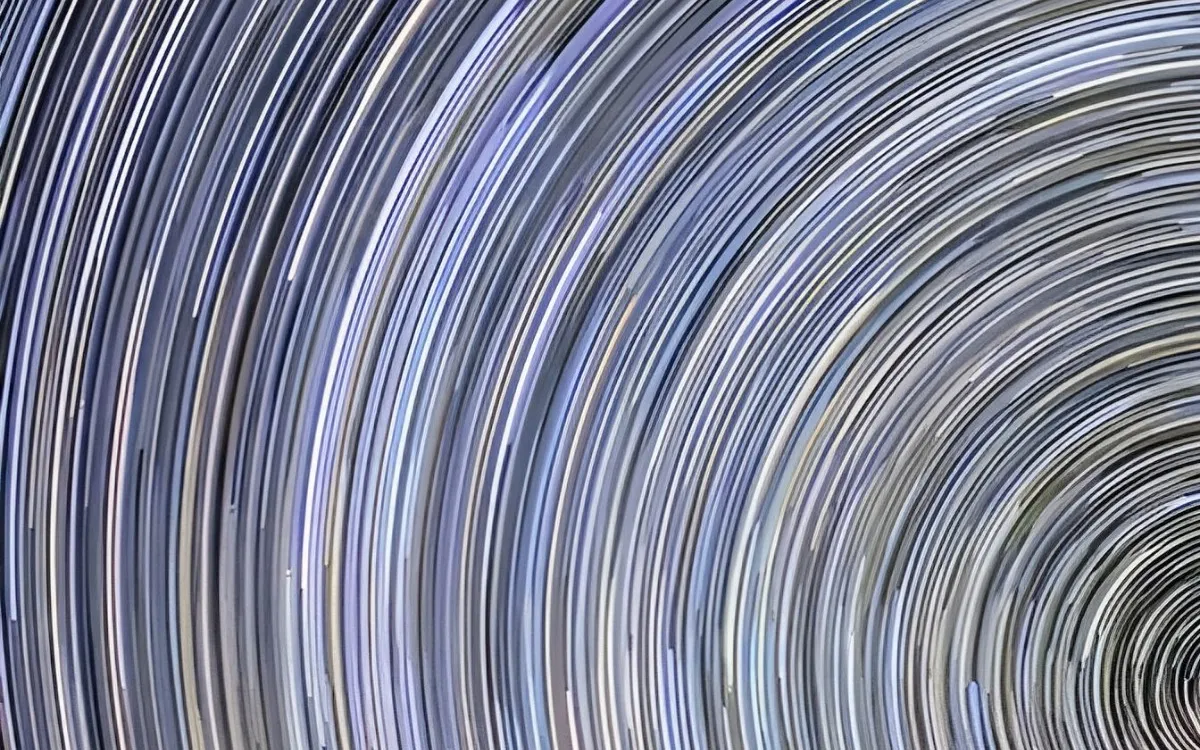
The Dark Energy Spectroscopic Instrument (DESI) is on a groundbreaking mission aimed at exploring the enigmatic phenomenon known as dark energy. By mapping millions of celestial objects, DESI seeks to enhance our understanding of the universe’s accelerating expansion. Recently, the DESI collaboration has unveiled its first major dataset, making a wealth of information accessible to both researchers and the general public.
This newly released dataset comprises data on a staggering 18.7 million objects, which includes approximately 4 million stars, 13.1 million galaxies, and 1.6 million quasars. Although the primary objective of DESI is to study dark energy, the dataset holds vast potential for other scientific inquiries. Researchers are optimistic that it will assist in understanding galaxy evolution, black holes, dark matter, and the structure of the Milky Way.
“The first data release (DR1) has already hinted to the DESI collaboration that we may need to reevaluate our standard model of cosmology,” stated Stephen Bailey, a scientist at Berkeley Lab. “These world-class datasets are invaluable for the broader astronomy community to explore a multitude of ideas, and we eagerly anticipate the diverse research that will emerge from this.”
DESI is a collaborative endeavor involving over 900 researchers from more than 70 institutions worldwide. The project is spearheaded by Berkeley Lab and the instrument is located at the Nicholas U. Mayall 4-meter Telescope at Kitt Peak National Observatory in Arizona.
Anyone interested in exploring DESI’s rich data can access it through the National Energy Research Scientific Computing Center (NERSC). Additionally, space enthusiasts can interact with DESI’s findings via the interactive Legacy Survey Sky Browser. This latest data release builds on DESI’s Early Data Release, expanding the dataset by ten-fold and covering a significantly larger area of the sky. The dataset includes observations collected between May 2021 and June 2022, alongside earlier validation surveys.
DESI's observations span from nearby stars to galaxies located billions of light-years away. The nature of light travel means that looking deep into space allows astronomers to view the past, enabling DESI to construct a timeline of the universe that extends back a remarkable 11 billion years.
Despite being just a fraction of the total data expected from DESI, the current 270-terabyte dataset is extraordinary. It offers precise distance measurements for millions of galaxies and contains twice as many extragalactic objects as all prior 3D surveys combined. Within its first year, DESI achieved the status of the largest spectroscopic redshift survey ever conducted, sometimes recording data on more than 1 million objects in a single month.
“The DESI project has kept pace with producing 3D maps of the universe that are ten times larger every decade,” remarked David Schlegel of Berkeley Lab. “This rapid advancement is fueled by the innovative combination of enhanced instrument designs, advanced technologies, and the analysis of increasingly faint galaxies.”
DESI captures light from distant galaxies through a network of 5,000 fiber-optic “eyes.” Under optimal conditions, the instrument is capable of gathering data on over 100,000 galaxies in a single night. “DESI is unlike any other machine regarding its capacity to observe independent objects simultaneously,” said John Moustakas, a professor at Siena College and co-lead of DR1. By analyzing the light spectrum, researchers can determine how much it has shifted toward the red end due to the universe’s expansion, which in turn allows for accurate distance measurements.
Every night, DESI transfers its collected images to supercomputers at NERSC, which analyze the data and return results to researchers swiftly. This real-time connection between data collection and analysis accelerates the discovery process. “For this data release, we optimized DESI to operate on our most advanced supercomputer, Perlmutter,” explained Daniel Margala of NERSC. The powerful GPUs of Perlmutter enable DESI to process data nearly 40 times faster than previous systems, reducing what used to take months to mere weeks.
Now in its fourth year of a five-year mission, DESI aims to catalog spectra for over 50 million galaxies and quasars by the project's conclusion. The dataset is designed to benefit researchers globally, including those without access to large telescopes. A significant aspect of this release is the detailed documentation that assists scientists unfamiliar with DESI in understanding its extensive contents.
The DESI DR1 paper is available on the DESI Data website and is set to be published on arXiv. Videos discussing the release can be found on the DESI YouTube channel. Researchers presented the dataset and the latest findings related to dark energy at the American Physical Society’s Global Physics Summit held in Anaheim, California.
In conclusion, the release of DESI's dataset marks an exciting advancement in cosmological research, providing valuable tools for scientists and enthusiasts alike. With numerous opportunities for innovative research, the impact of DESI's findings will resonate throughout the scientific community for years to come.